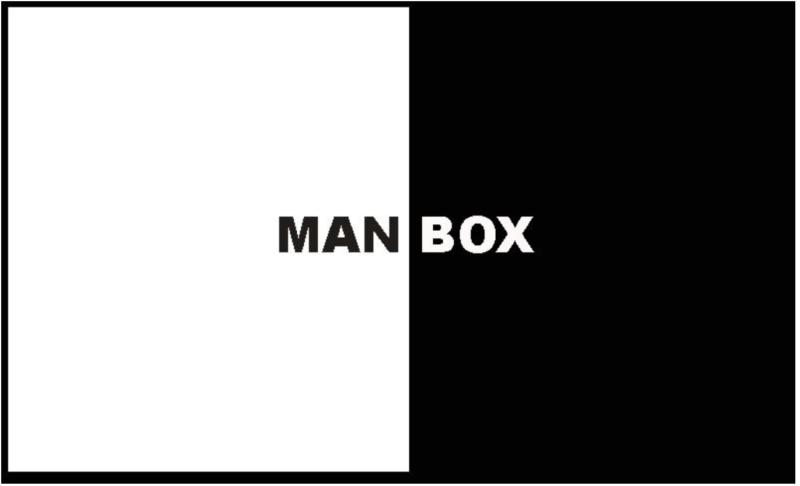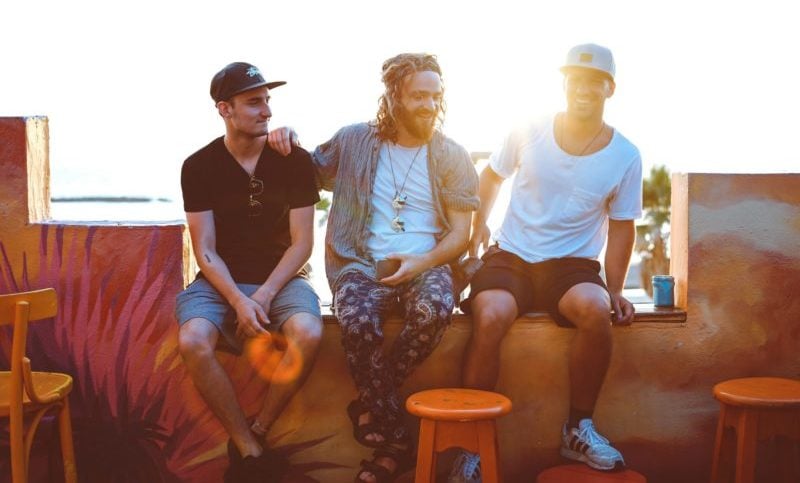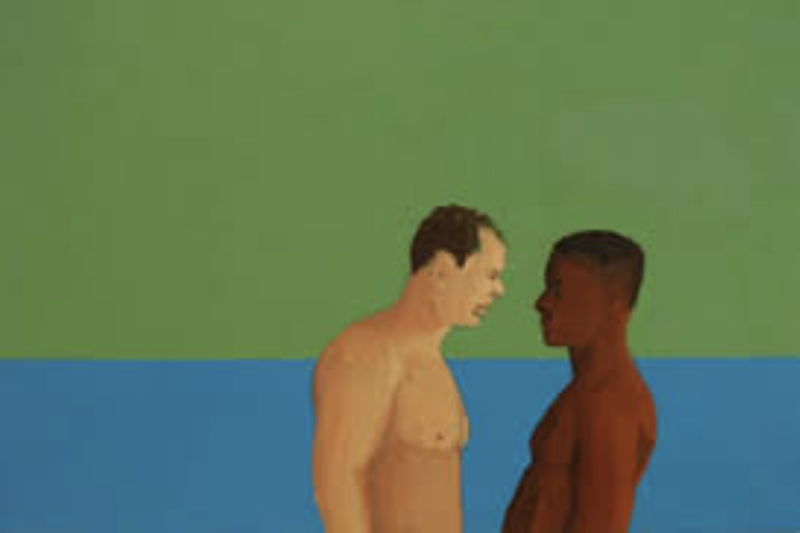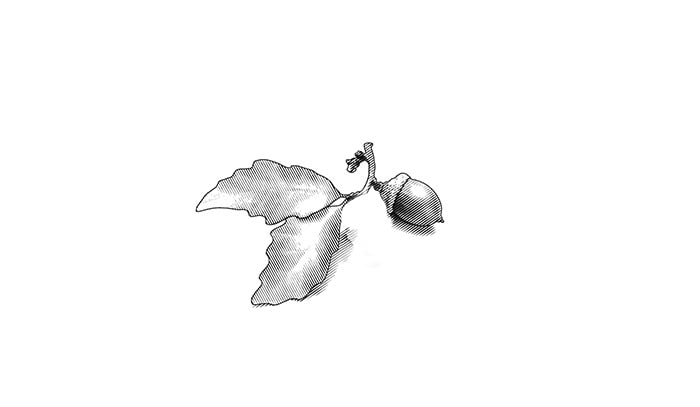
I am writing this article from a café in Waco. I work from cafés several times a week and have gotten into the habit of scanning the room upon entering for familiar faces. Since moving here, this has become a habit about which I have mixed feelings. The New Yorker in me does not want to run into anyone I know, but there’s another part of me that loves the sense of belonging that comes from seeing familiar faces around town.
After a few anxiety-inducing episodes, I began to accept the run-in as a highly probable weekly occurrence and have adjusted. I’ve come to see these “run-ins” as an education in the power of proximity. It’s easier to develop loose social ties and gain a sense of belonging when one repeatedly greets the same people around town. Who knows when those loose ties might pay off in a useful or meaningful way?
Case in point: This morning, I biked to the café but forgot my wallet and blue-light glasses at home. Reluctantly, I headed outside to get my bike so I could double back to the house and pick them up. Just then, I ran into a young woman (let’s call her Kim) whom I recognize from my gym and who works at the café. We run into each other often and have small-talked a few times around town.
I explained my dilemma and asked if she’d be willing to drive me less than a mile away to my house so I could collect my forgotten items. “Girl, of course!” she said. We swapped stories during the seven-minute drive. Back at the café, I grouped her iced matcha with mine and she entered her employee discount before I paid.
This incident has stayed on my mind for weeks, partly because it’s so different from my experience living in Brooklyn where I was, 98% of the time, surrounded by strangers. But also because it demonstrates a little bit of what it feels like to experience a type of relationship that has nearly gone extinct in our modern world: The not-a-stranger, not-a-friend relationship best described as neighbor.
What Are Second-Ring Relationships?
In his book, Vanishing Neighbor, Marc Dunkelman organizes our main relationships into three rings, like those circling a planet. The outer (or third) ring comprises our least personal relationships. Second-ring relationships are our “loose” connections with the likes of neighbors, coworkers, and fellow church members. The first ring belongs to our most personal relationships like those we have with family and friends.
Historically, second-ring relationships in the U.S. were extremely important because the vitality of a town depended upon residents conversing, collaborating, and working together. These relationships make up the kind of social fabric we see in shows and movies like Mr. Rogers, It’s a Wonderful Life, and The Andy Griffith Show. Not only did these kinds of relationships give neighborhoods a valuable and charming social fabric but, according to Dunkelman, they also formed the basis for civic collaboration and local problem solving, and this is the main reason we should care about getting them back.
The Heart of Incrementalism
At Strong Towns, we talk a lot about embracing incrementalism as a framework for change. This process starts with first observing challenges, brainstorming small, easy solutions, and testing them quickly, then learning from the results and repeating the process. Every single step in this process works best when combined with strong second-ring relationships. If we only relied on our first- or third-ring relationships to effect change, very little would happen. Most meaningful change in cities happens with people who are neither strangers nor friends. They are neighbors.
Second-ring relationships have become rare for a variety of reasons (you should read Vanishing Neighbor for the deep dive). But here are a few ideas on how we can bring them back.
Design for Visibility
First, we have to design for the run-in, which is another way of saying design for visibility. Cities designed for the car regularly separate people from each other. When we’re constantly shuttling back and forth from our cars, garages, and back yards, it’s hard to literally see our neighbors. Cities designed to all but require constant commuting decrease human visibility and reduce polite interactions, making our neighborhoods feel less personal. We see each other’s cars; we don’t see each other’s faces.
Most of my run-ins around Waco happen downtown and that shouldn’t be a surprise. Downtown is the one truly human-centered neighborhood in Waco. It’s walkable, mixed-use, and aesthetically pleasing. More people spend time here because it holds the kinds of places where people want to be: cafés, bookstores, bars, and food halls. It’s easy to be seen here and it’s the kind of place where you expect to chit-chat with folks you recognize.
City planners, zoning commissioners, and economic development professionals can make neighborhoods feel more personal by prioritizing building codes and development projects that make it possible for people to work close to home and run practical errands on foot or bike, and that encourage them to spend leisure time outside of the home. Modest pocket shops and commercial districts with minimal parking, green public spaces, outdoor dining, and plazas for live music on weekends are examples of ways cities can make it sensible for neighbors to spend more time out of their car and, consequently, make it easier to see each other.
Foster Intentional Collaboration
Second, cities can be rigorous about creating opportunities for neighbors to work on a problem together. As I’ve written about before, city governments and councils often embrace obfuscating practices that make it hard for citizens to test new ideas, attend public meetings, and keep up with the latest civic happenings. While some procedural practices are probably necessary, what’s to keep cities from inviting neighbors out to brainstorm and work on a particular challenge together? The power of co-laboring should not be underestimated.
Say Hello
Friendly neighborhoods don’t just sprout out of thin air. Getting help from Kim wouldn’t have been possible if one of us hadn’t, at some point, decided to say hello. If we want our neighborhoods to become communities, not only do we have to design for that, but we have to cultivate a certain set of social habits. We have to host the block party, learn the name of the barista, introduce ourselves to folks we see regularly around town, or host a neighborhood bike ride.
Today’s Social Challenge
Second-ring relationships are essential for a city to be truly resilient. Dunkelman is right that they’ve become nearly extinct. It’s a challenge, but I think we can revive them if we recapture the genius of designing for visibility, find ways to work together on local problems, and greet folks we see out and about.
No matter where we live, second ring-relationships are there for cultivating. We just have to be brave enough to plant the seeds.
—
This post was previously published on STRONGTOWNS.ORG and is republished under a Creative Commons license.
***
You may also like these posts on The Good Men Project:
 Escape the Act Like a Man Box Escape the Act Like a Man Box |
 What We Talk About When We Talk About Men What We Talk About When We Talk About Men |
 Why I Don’t Want to Talk About Race Why I Don’t Want to Talk About Race |
 The First Myth of the Patriarchy: The Acorn on the Pillow The First Myth of the Patriarchy: The Acorn on the Pillow |
Join The Good Men Project as a Premium Member today.
All Premium Members get to view The Good Men Project with NO ADS.
A $50 annual membership gives you an all access pass. You can be a part of every call, group, class and community.
A $25 annual membership gives you access to one class, one Social Interest group and our online communities.
A $12 annual membership gives you access to our Friday calls with the publisher, our online community.
Register New Account
Log in if you wish to renew an existing subscription.
Need more info? A complete list of benefits is here.
—
Photo credit: iStock.com
The post Not a Stranger, Not a Friend: The Second-Ring Relationships Our Cities Need More Of appeared first on The Good Men Project.
